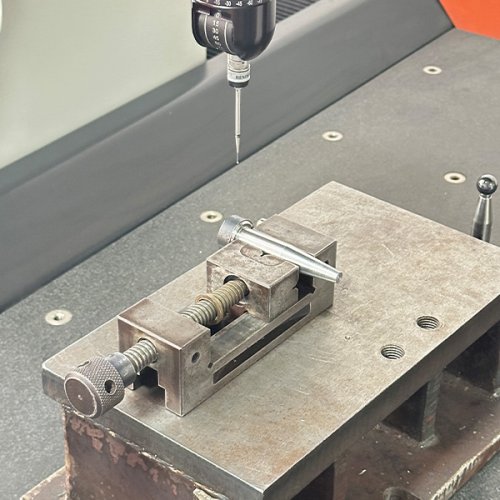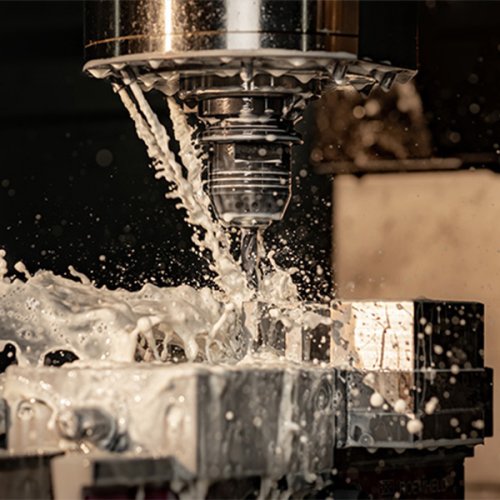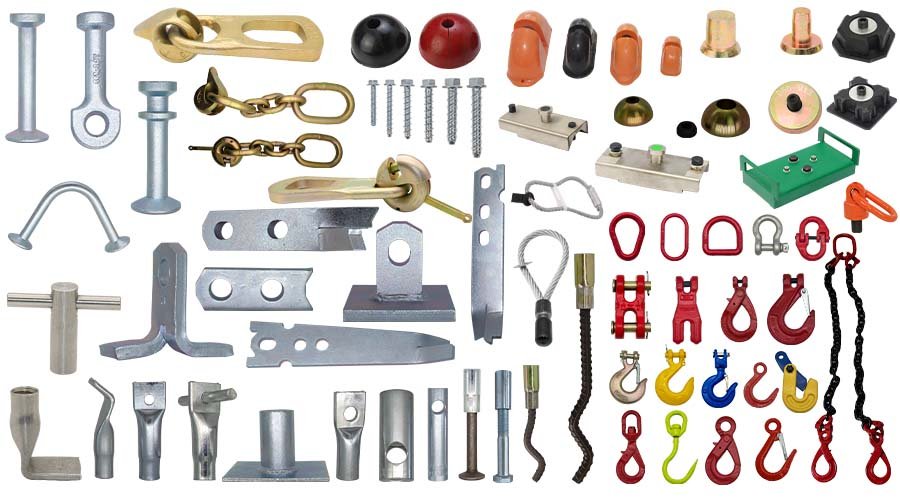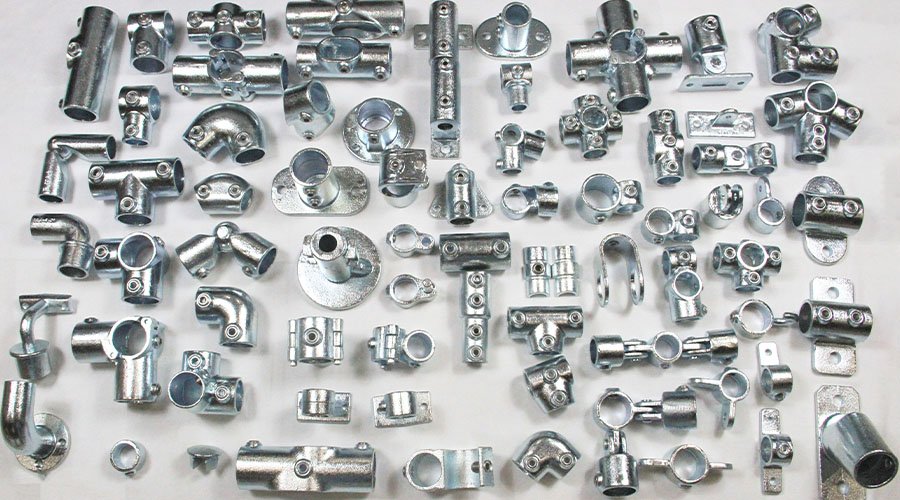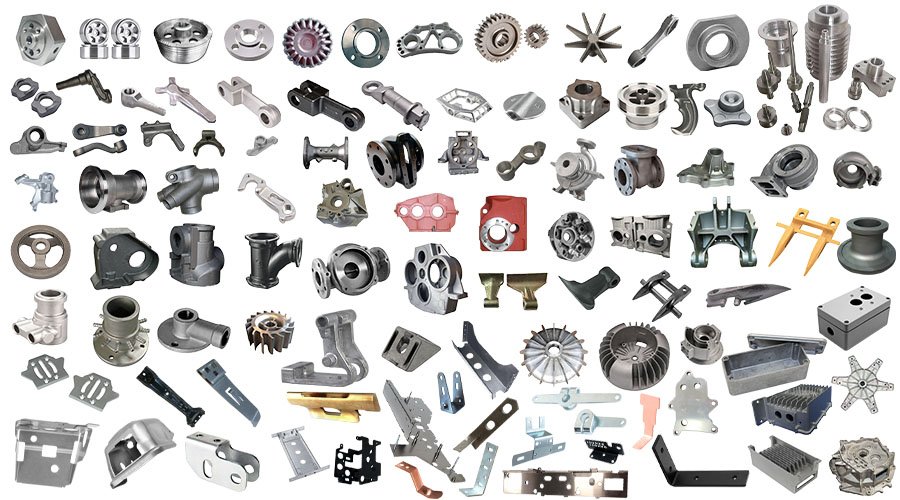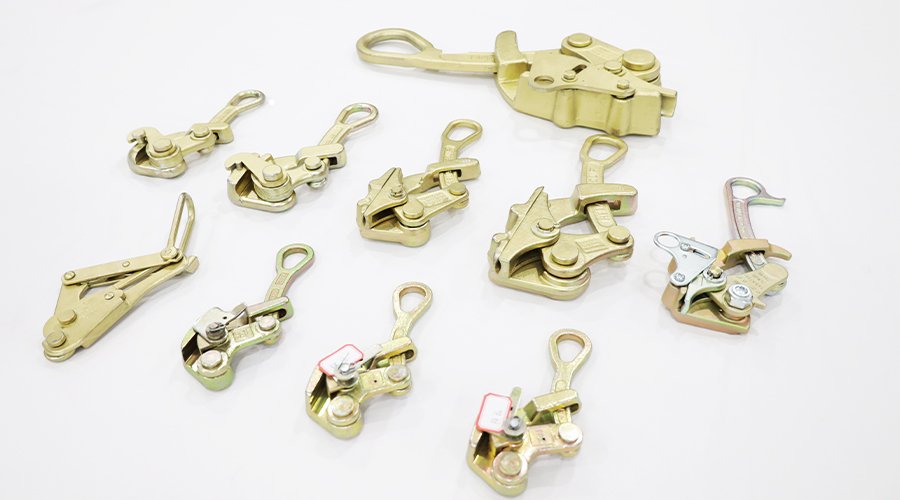We produce custom Casting Spare Parts tailored to exact requirements, such as engine housings, gearbox covers, LED light fixtures, control panels, and precision brackets. Each part offers outstanding dimensional consistency, a refined surface finish, and excellent strength-to-weight balance. Die casting enables complex geometries, thin-wall designs, and repeatable accuracy, making it ideal for industries like automotive, electronics, lighting, and machinery. Our custom components combine performance, durability, and cost-efficiency to support your product’s functionality and design goals.
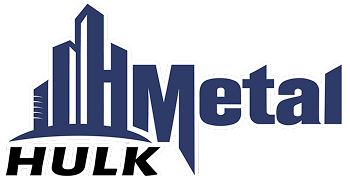
 EN
EN RU
RU

